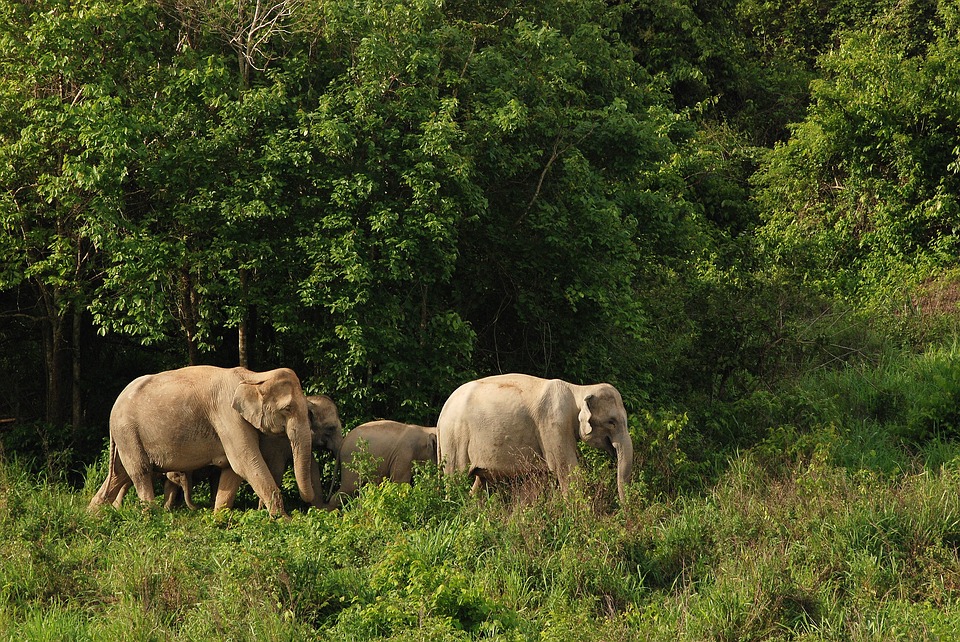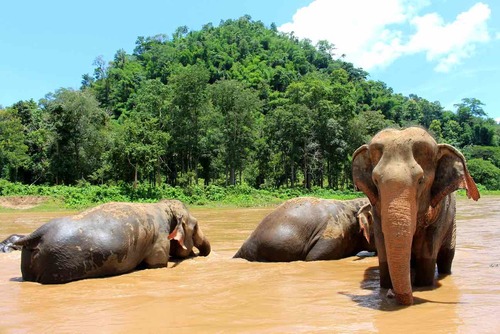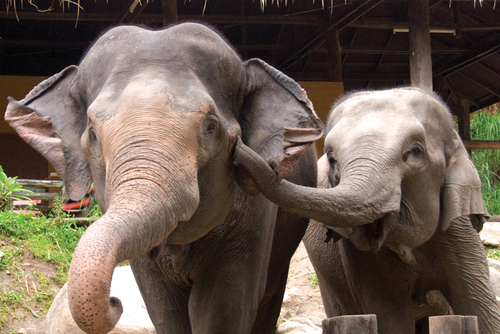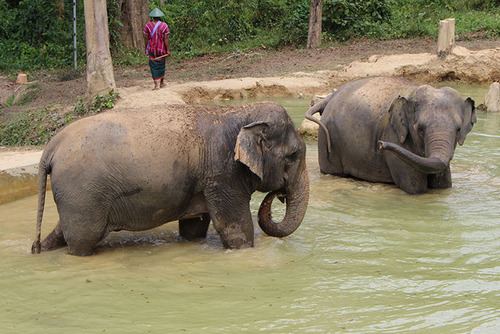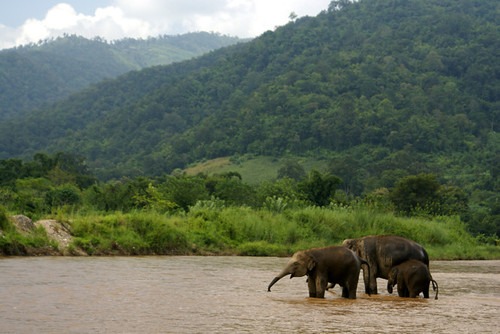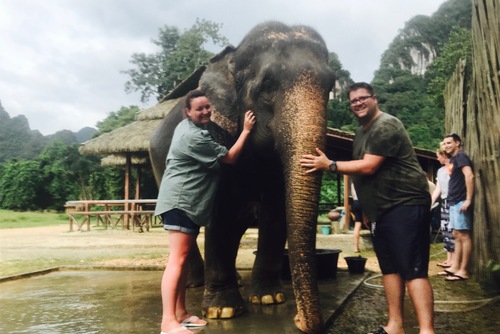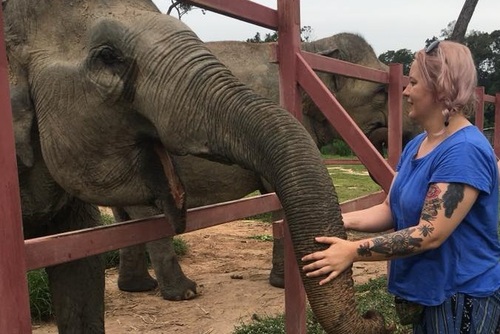Based in Jomtien, the company runs numerous volunteer projects and expeditions all over Thailand from a few days to 4 week plus.
1. Lots of Different Programs Available
You might think that when you volunteer at an elephant sanctuary in Thailand you will just get to see and help animals but there are so many other things you might be involved with too.
Programs can include teaching, going to educate local villages on the importance of conservation and working with other animals like dogs, cats, gibbons and monkeys. I recommended you get involved with as much as possible as you will learn more and get so much more out of the experience.
2. How Elephants End up at Sanctuaries
The Elephant Project I worked in Thailand is based in Jomtien, Pattaya.
I was originally supposed to the stay at the camp for 2 week as a volunteer, however I enjoyed it so much, I decided to stay and give up the final leg of my around the world trip as I believe this to be such a worthwhile cause and wanted to help inform like minded travelers about the project and try to raise the profile of the camp.
The elephant camp was set up in a community with over 28 domestic elephants. Every elephant in the camp has been rescued from a bad situation such as the Tsunami, bad treatment by previous owners, and/or working on the streets.
Unfortunately elephants from all over Thailand are either losing this natural habitats or are being abused for tourism/financial purposes. Sanctuaries provide a safe haven for these beautiful creatures.
3. Mahouts
The Mahouts are local Thai people who literally work with elephants. They earn money for their families through volunteer programmes, ensuring the elephants are well cared for and respected.
Each mahout is usually a bit part of this community. As a volunteer you will usually work with mahouts and local staff and build a close relationship with elephants, and helping to clean, wash and feed them during the day.
Programs have a high educational level, regarding domestic elephants and Thai culture. In the evening sometimes volunteers teach English in Thailand to the families, cook, eat and spend time with the Mahouts.
4. Important to Choose an Ethical Elephant Camp
There are many elephant camps in Thailand, all of which are fundamentally there to animals and also to raise awareness as tourist attractions for visitors who can learn more about wildlife and also get photos opportunities.
However you really need to research before booking as there are lots of sanctuaries which harm elephants by using bullhooks and allowing tourists to ride them which isn't ethical.
The elephant sanctuary I volunteered was amazing as it was not a show. The elephants live in a more natural environment and volunteers and tourists actually get involved with working with the elephants and are educated.
As well as the long term volunteer programmes, day tourist can also do a trek in the jungle or spend half a day at the project, being shown around by the volunteers, being told about the history of each elephant and taking part in a mini version of the volunteer programme.
View a list of ethical elephant sanctuaries in Thailand which include top rated places including:
5. Everyone Needs to Visit or Donate
Whether you are planning to travel or take a gap year in Thailand you really should visit a sanctuary. You might think, why do I need to pay to visit or volunteer with elephants?
Believe me, it is worth it. All the money raised goes directly back to the elephants for food, and medical supplies and keeping sanctuaries open as most have no government or private funding.
Most elephant sanctuaries are not-for profit organizations it is very difficult for them to keep operating throughout the year due to running costs and the money you pay really helps. I couldn't recommend the experience of going to volunteer in Thaiiland and help elephants highly enough.
Or if you can't make it in person, make a donation online.
Related Pages

